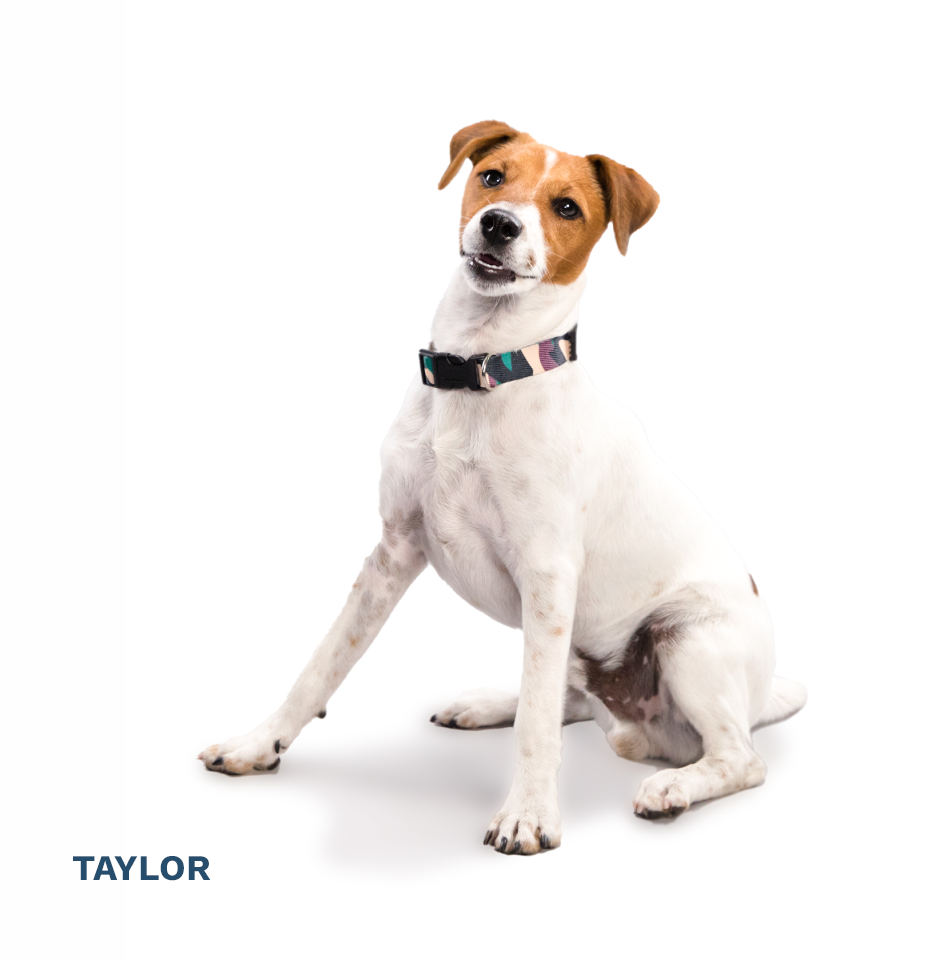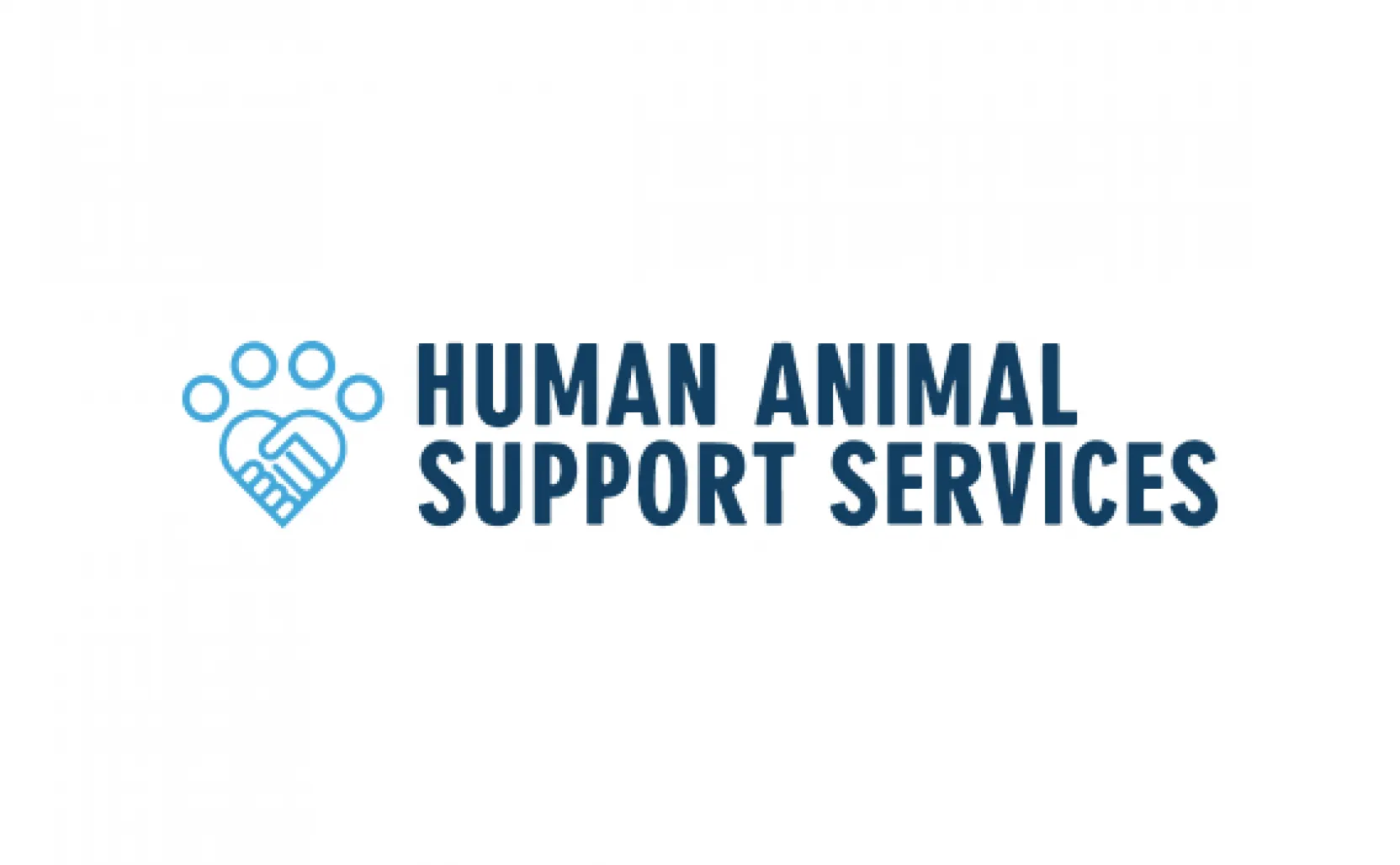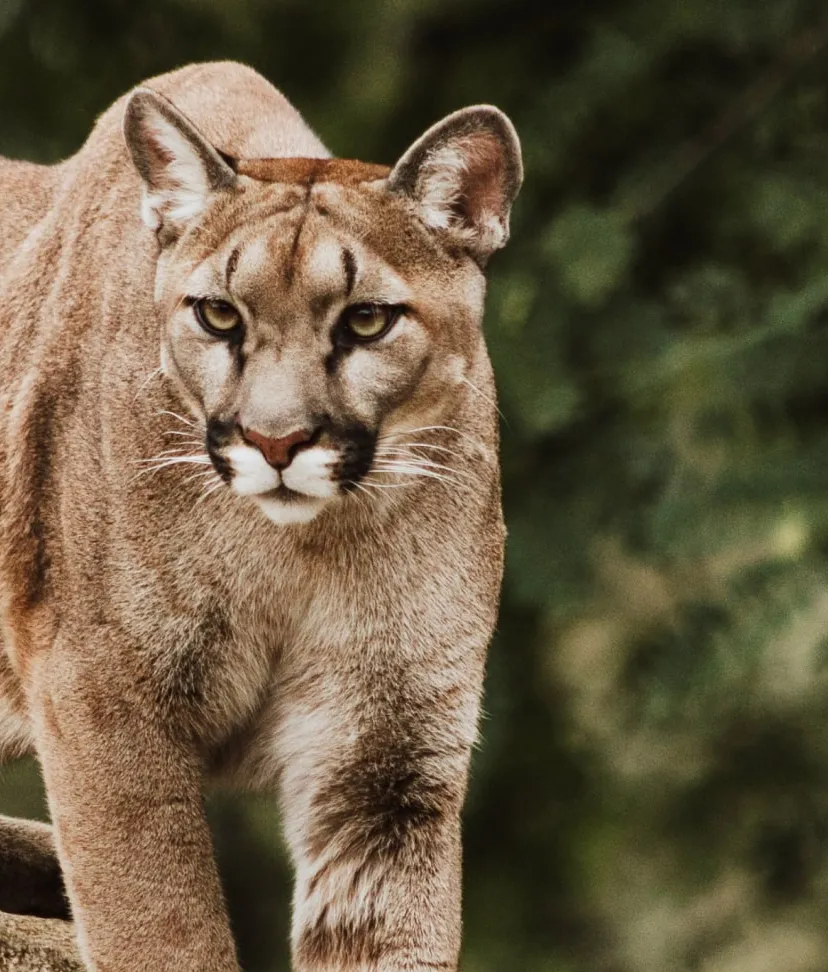
Wildlife
Our Animal Control Officers aid residents in rectifying problems and some of the uneasiness that many people face with wildlife. This program allows for a Department representative to provide on-site evaluations, education on methods of exclusion, deterrents and discouragement of wildlife forays into our City neighborhoods.
It is the intention of the Department of Animal Services to rectify most problems through neighborhood education and individual homeowner attention. To educate Angelenos, the Department hosts monthly virtual information sessions led by our Wildlife Specialists who share information on how to safely co-exist with wildlife as well as tips and information on how to keep people and their pets safe. To join us for the next Wildlife Workshop, visit our Events page.
For an injured, distressed or deceased wild animal or other wildlife concerns, contact LA Animal Services at 888-452-7381. You can also contact your local City shelter directly.
Encounters with wildlife information curated with the same love and care we should all take with our somewhat wild neighbors.
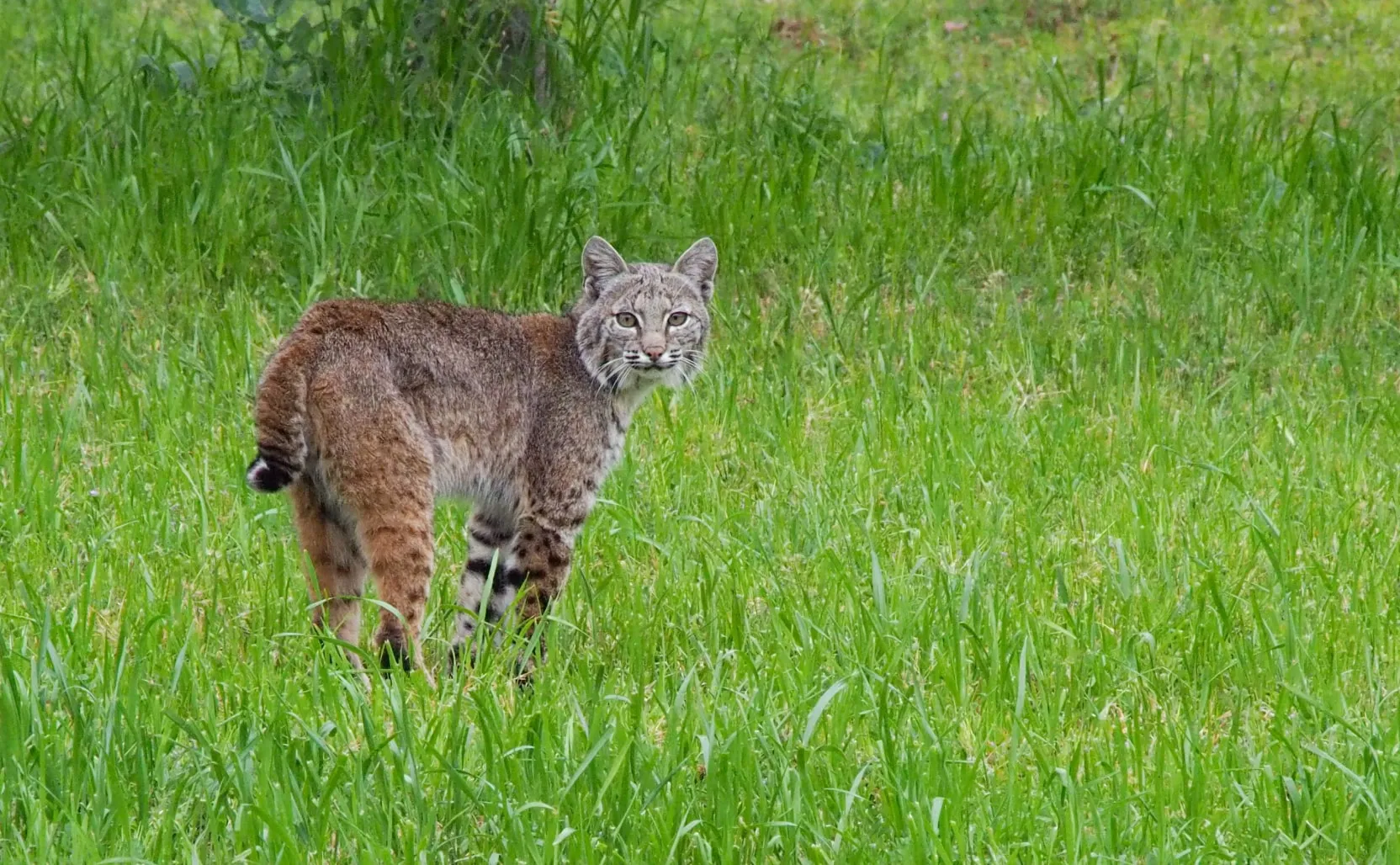
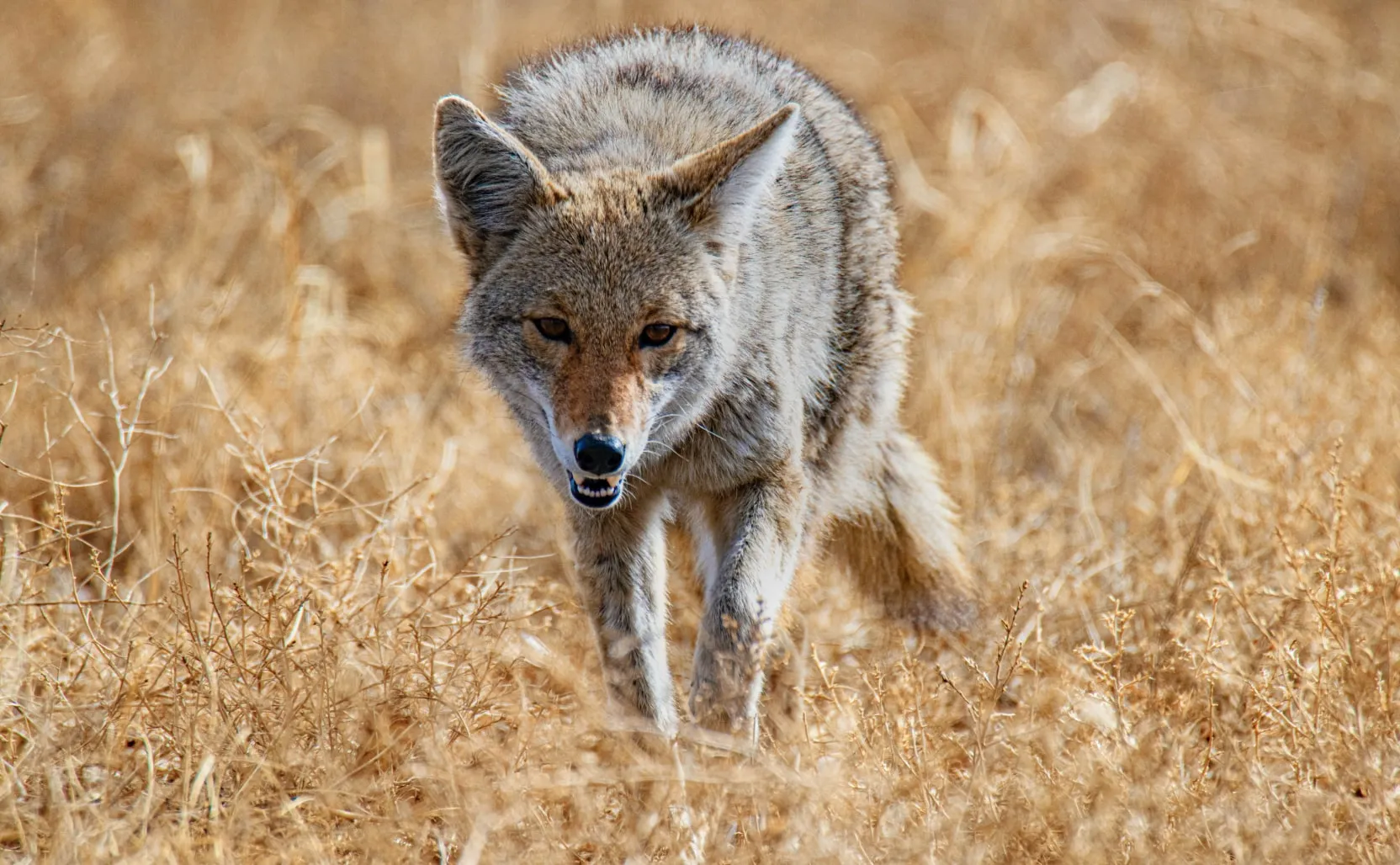



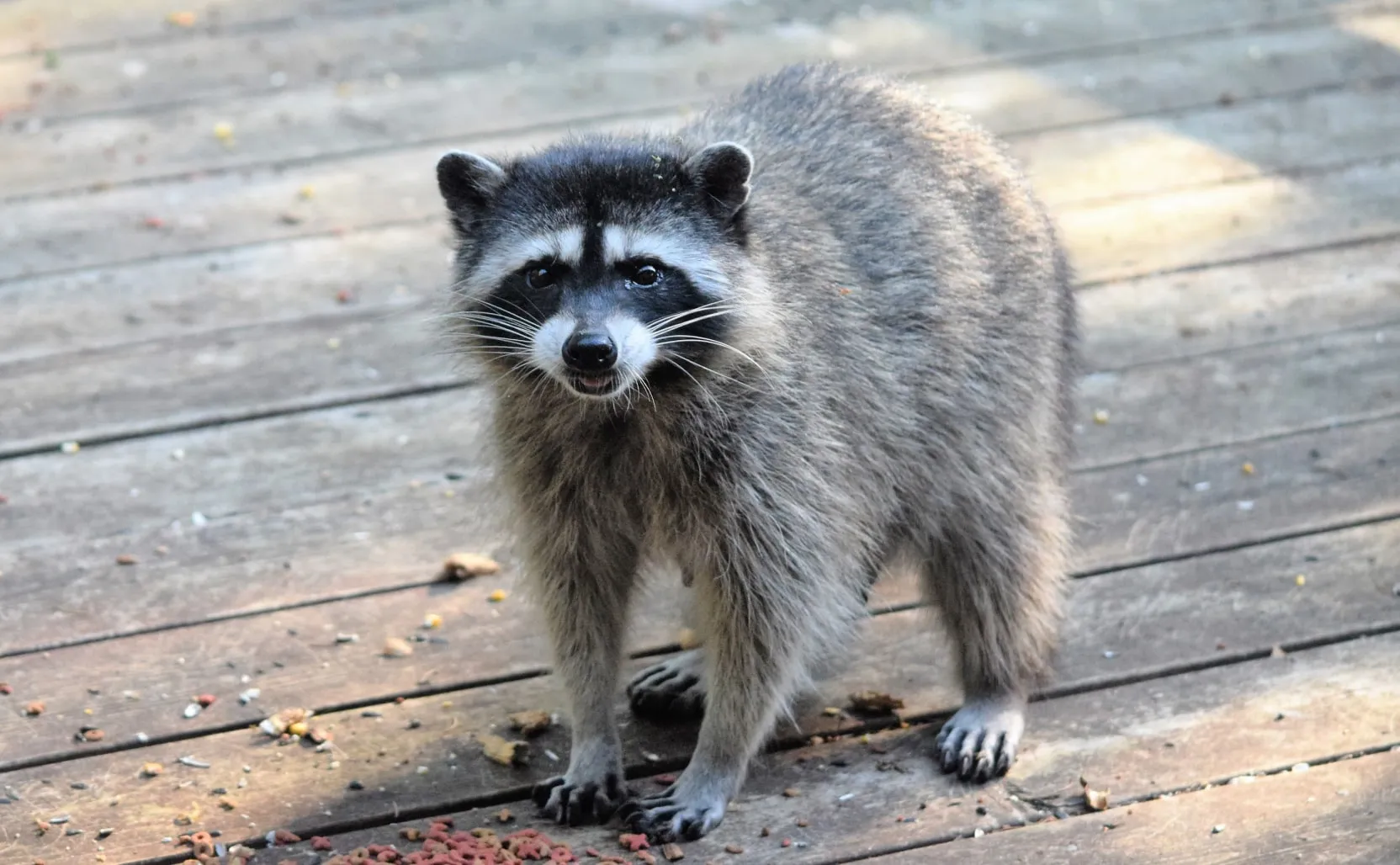

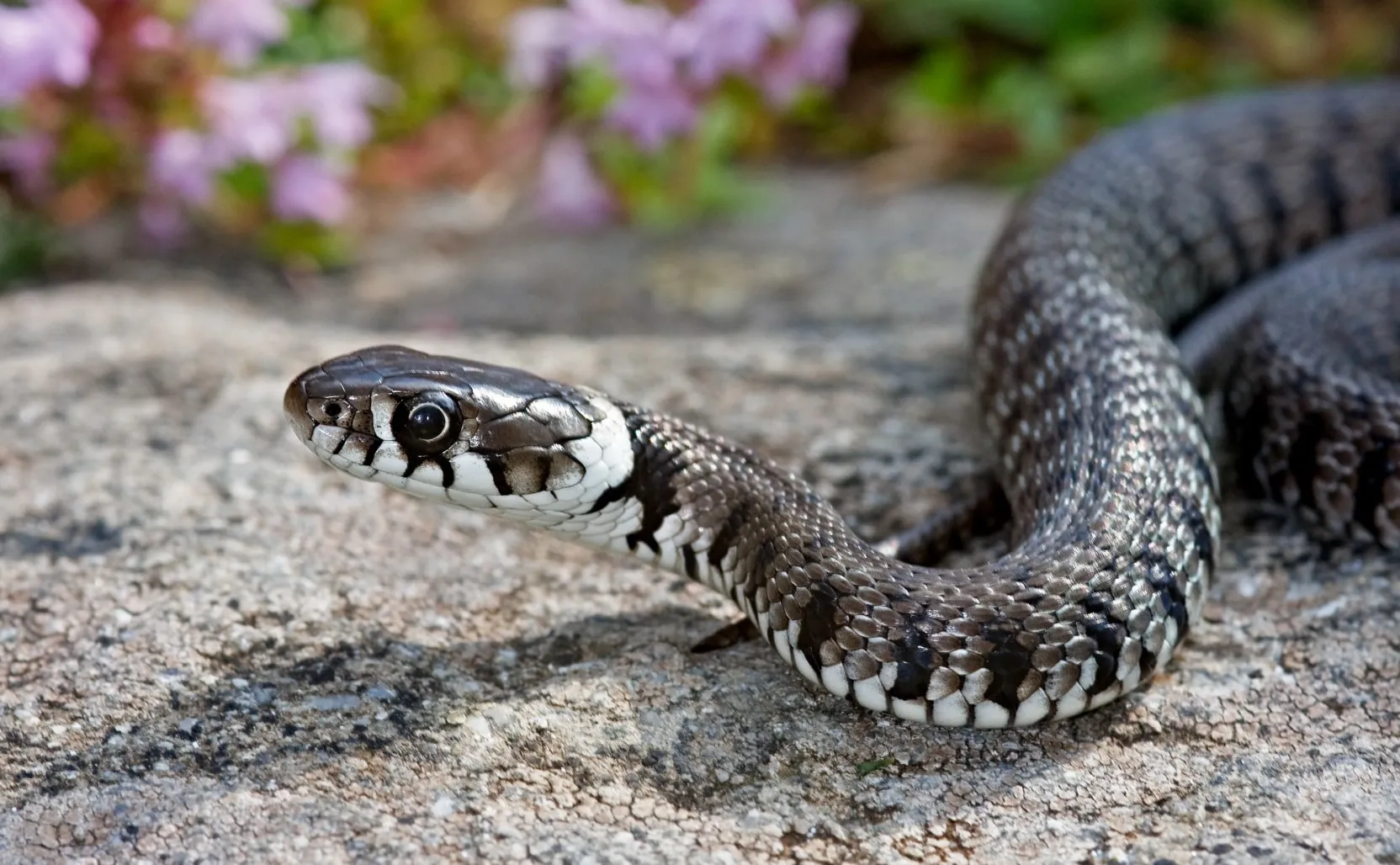
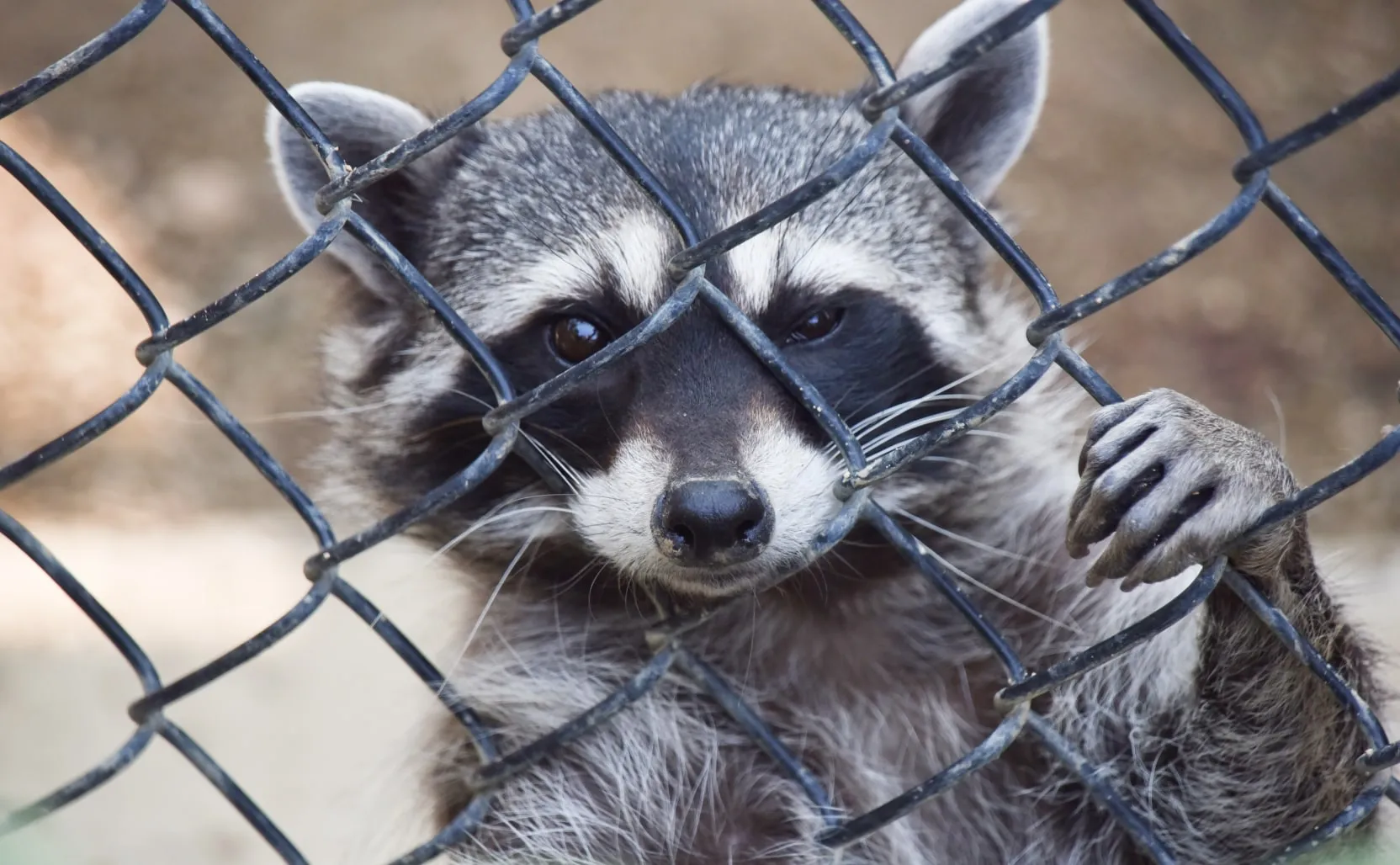
This is the time of year that young wildlife start to come out of their dens and nests and learn to navigate the world under the watchful eye of their parents. The parents often do need to search for food and may not be within eye range at all times. If young wildlife, including birds are seen on the ground or in bushes, please do not touch them. Keep a watchful eye and keep your cats/dogs away from the area. The parents are likely nearby and will care for their young on the ground until they decide to move them or, in the case of birds, learn to fly properly. Wildlife’s best chance at survival is with their parents who are best equipped to care for them. Please contact the California Wildlife Center for more information at 818-222-2658 or visit their website at: http://www.cawildlife.org. If there is blood present or the appearance of mucus crust on the animal’s eyes or nose, that animal likely needs human intervention and should be taken immediately to the nearest open Animal Services Center.
In spite of the destruction of large numbers of wild animals throughout the United States the problem remains today and in many instances worsened dramatically. After speaking with many experts we discovered some of the reasons why. The source of the problem is not the presence of wildlife, it is the environment that humans provide for them just by the simple manner in how we are the provider of food, water and cover for them. Many people are encouraging wild animals to live near their homes inadvertently or by design. Unfortunately, urban sprawl is something that remains a constant. If we are going to push further and further into the habitat of wild animals we need to be responsible for our behavior. Change in wildlife behavior through negative interactions with humans by using deterrents is one way to alter the types of encounters we have with them. In many cases this will teach further generations to avoid habitats where deterrent measures have been implemented. The opposite is also true as well; if we do nothing and allow things to remain unchecked then the wildlife behavior remains the same.
The City of Los Angeles does not own or have any control of wild animals found within its boundaries, nor is the City responsible for the actions or damage caused by them. There are no laws, policies or mandates requiring the Department to remove native wildlife. These animals are a common and important integral part of our ecosystem, biosphere and the circle of life. The Department of Animal Services was originally created to deal with problems arising from stray dogs and to enforce laws pertaining to them. Wildlife to a small degree has been included in the scope of the services that the Department provides as need has arisen due to encroachment on wild habitat which has resulted in wild animals being involved in distress situations in which they required rescue. Awareness through education is key in resolving conflicts with wildlife.
The Department of Animal Services does not support nor endorse any specific product or equipment recommendations, nor support or endorse companies that produce products that scare, deter or exclude wildlife. Any brochures, suggestions, pamphlets or flyers that are sent or supplied to you are meant to help with ideas you may find useful. Should you decide to purchase any products or services from any source and that product or service should fail to support the claims of the manufacturer or business, The Department of Animal Services cannot be held responsible for that product, claim or service.
For an injured, distressed or deceased wild animal or other wildlife concerns, contact LA Animal Services at 888-452-7381. You can also contact your local City shelter directly.
East Valley Shelter
14409 Vanowen St., Van Nuys, CA 91405
(818) 756-9323
Harbor Shelter
957 N. Gaffey St., San Pedro, CA 90731
(310) 548-2632
North Central Shelter
3201 Lacy St., Los Angeles, CA 90031
(213) 485-5767
South Los Angeles, Chesterfield Square Shelter
1850 W. 60th St. Los Angeles, CA 90047
(323) 565-2161
West Los Angeles Shelter
11361 West Pico Blvd., Los Angeles, CA 90064
(310) 207-3156
West Valley Shelter
20655 Plummer St., Chatsworth, CA 91311
(818) 756-9325
Department of Fish & Wildlife Approved Wildlife Rehabilitation Facilities:
wildlife.ca.gov/Conservation/Laboratories/Wildlife-Health/Rehab/Facilities
PLEASE NOTE: Most rehabilitators do not provide services to pick up wildlife. They rely on you to get these animals to them. Most work out of their homes and are not on call 24 hours a day. Be courteous and mindful of this when you are calling for their assistance. Never drop off animals at a location, unless you are instructed to do so. Wildlife rehabilitators often volunteer their time and efforts to this chosen profession, but have lives outside of it as well. Please respect their capabilities, as rehabilitators often specialize in certain species of wildlife and establish limits on the number of animals they can accept and properly care for.
California Wildlife Center
All types of Wildlife
26026 Piuma Rd.
Calabasas, CA 91302
(818) 222-2658
http://www.cawildlife.org
Camarillo Wildlife Rehabilitation
All Species Bobcat/Coyote
805-482-4127
http://www.camarillowildliferehabilitation.org
IBRRC (International Bird Rescue Research Center)
Marine Birds
3601 S Gaffey Street
San Pedro, CA 90731
(310) 514-2573
http://bird-rescue.org/contact/found-a-bird.aspx
Lucky Duck Rescue and Sanctuary
Ducks
(818) 767-7778
moonstruckduck@aol.com
http://luckyduckrescue.org
Marine Animal Rescue (Rescue and Transport to Rehab)
Marine Mammals and Marine Birds
Marine Mammal or Sea Bird Emergencies in Southern California
1 (800) 39-WHALE
Non-Emergencies
1 (310) 455-2729
http://whalerescueteam.org
Marine Mammal Care Center
Seals and Sea lions
3601 S Gaffey St
Los Angeles, CA 90731
(310) 548-5677
Project Coyote
Coyotes/Other Wildlife
P.O. Box 5007
Larkspur, CA 94977
(415) 945-3232
info@projectcoyote.org
http://www.projectcoyote.org/
South Bay Wildlife Rehab
Birds
26363 Silver Spur Rd.
Rancho Palos Verdes
California 90275
(310) 378-9921
http://www.sbwr.org/birds
sbwildliferehab@aol.com
Wetlands and Wildlife Care Center
21900 Pacific Coast Hwy
Huntington Beach, CA 92646
(714) 374-5587
wwccinfo@gmail.com
http://www.wwccoc.org
Wild Wings of California
Songbirds and Raptors only
1837 Fernridge Drive
San Dimas, CA 91773
(909) 592-4900
http://www.wildwings.org
Wildlife Care of SoCal
Coyote, Bobcats, Raccoons, Opossums
Animal Informational Hotline:
805-581-3911
Animal Emergencies Only:
805-428-7105
E-mail Address:
info@wildlifecareofventura.org
http://wildlifecareofventura.org
Other types of Wildlife Rehab
Badgers
Simi Valley: 805-428-7105
Bats
Poway Wildlife Center
858-705-4949
Thousand Oaks:
805-374-9027
Crows and Ravens
Malibu: 818-222-2658
Simi Valley: 805-581-3911 / 805-428-7105
Hummingbirds
Anaheim: 714-635-3368
Chula Vista Hummingbird Rescue Center: 619-420-5156
Ventura: 805-320-2438
Opossums and Squirrels
Leslie Rink – 818-209-2880
Cindy Coons – 626-367-5827
Rabbits
Camarillo: 805-482-4127 / 805-815-7787
Thousand Oaks: 805-338-0481
Raccoons
Camarillo: 805-482-4127
Simi Valley: 805- 428-7105
Thousand Oaks: 805-374-9027
Ducks in the Pool
Link
What is the function of predatory wildlife, what are they good for?
Many Environmentalists firmly believe that predatory wildlife exists to preserve the balance of nature. Bears, bobcats, coyotes, foxes, mountain lions, opossums, raccoons & skunks are some of the most successful species on the planet. These animals are classified as Carnivores and Omnivores; they will eat just about anything and to some degree they do help keep rodent and insect populations in check. In some areas around the United States where there has been attempts to eradicate wild predators, there has been increases in rodent vermin and related disease. The circle of life can seem cruel by human standards but many prey and rodent species would overrun urban areas damaging crops and vegetation if the populations of predator species did not keep them in check. It is also predatory wildlife, which serves as nature’s vacuum since they eat dead rodents around our homes as well.
Why can’t predatory wildlife be trapped and relocated to another area or the forest?
The California Department of Fish and Game, the United States Department of Fish and Wildlife and the National Park Services Department prohibit the relocation of most predatory wildlife. Some wild animals are considered to be vermin by Agriculture Departments throughout the United States. Sadly, euthanasia has been something many local animal authority agencies have had to use for lack of a better system. There are several reasons why relocation has not been a viable alternative; a problem predator that is relocated into another community will continue with the same behavior. Another problem is if you take that urban wild animal and move it to the “forest” or what may be deemed a truly wild area far from a community, it would most likely be attacked and injured if not killed by other predators, which may have already established territory. A wild animal that lives within the boundaries of a city and lived its life mainly as a scavenger may not have honed it’s hunting skills well enough and therefore die as it was used to more opportunistic foraging of outdoor pet food, water, rodents, back yard fruit and vegetables, trash, etc. Vector disease is another factor. Wild predators in urban settings may have been exposed to diseases associated with domestic pets, which could be transmitted to other wildlife that normally never would have been exposed.Trapping and removing animals has done nothing to correct the human equation. The cycle will repeat itself as long as people fail to change own their habits. Trapping is indiscriminate process and may catch any animal and we may even be removing an animal that has never participated in any of the negative behaviors you are experiencing. The possibility also exists that you may catch a parent animal foraging for food that has immature young that will now die a cruel and lingering death by exposure and starvation. The belief that removing the animal from its territory will solve the problem is like believing that no one will move into your home if you moved out.The Department has discontinued the trapping of wildlife within the City of Los Angeles. It is your right as a citizen to contact a pest control company that has permits to remove wild mammals. The wildlife trapped by pest control companies would be euthanized as State law prohibits the relocation of predatory mammals. The Department of Animal Services is not giving permits for the public to use their own, rented or borrowed traps. The Wildlife Division recommends the use of deterrents, exclusionary methods and adjustments around the exterior of your home to make it less inviting to wildlife. If you are having a problem with wildlife making forays into your property, you may contact the Departments Wildlife Division for further advice.
Why can’t we create watering holes for wild predators so they will return or stay in their normal environment?
The majority of the wildlife you see in your neighborhood were born nearby. No amount of water would cause an urban predator to stay in one place. The water would certainly benefit the wildlife but they would still venture to find food. Some studies have shown the use of water “Guzzlers” that have been instituted in arid regions have been helpful in supporting wildlife, but in the urban setting it is not much help. An ambitious water source program provided better management of water guzzlers in Southern California for quail and larger animals between the 1940’s and 1960’s. The California Department of Fish and Game constructed 2,000 artificial water sources in the state. Unfortunately, over time, the locations of these guzzlers had been lost due to decay, budget cuts and personnel changes. Some other studies show that the use of drinkers and guzzlers may create a situation where predatory wildlife would learn to lay in wait for prey species visiting the man made water source, which again upsets nature’s delicate balance.
I am worried about my children; do predators such as bobcats, coyotes, foxes and mountain lions attack, injure or kill people?
Can it happen? Yes. What are the chances? Wild animal attacks on people are extremely rare. In regards to coyotes, there is an estimate from the Department of Fish and Game that 1 to 5 people per year, per state that are injured due to a coyote. In Southern California from 1978 to 2009 it is estimated from reports that there have been 92 coyote attacks on people with 59 of these coyote attacks resulting in injury. Many of have been linked to feeding coyotes, defending a family pet , or attempting to touch a coyote. There is 1 human fatality known to be caused by a coyote in Glendale in 1981 which was linked to direct feeding of the animal. In California, from 1890 through 2006 there were 13 verified mountain lion attacks on people and 6 of those attacks resulted in human deaths. Bobcat, fox, raccoon, skunk and opossum attacks are virtually unknown with bites usually being incidental as a result someone attempting to handle the animal.Many people worry about coyotes causing the death of a human yet there are over 300 people that have been killed by domestic dogs in the U.S. between the 1970’s and the late 1990’s. In the United States there are approximately 3 to 5 million people that are attacked by dogs every year, with 20 deaths on average per year so a child is more likely to get hurt by a domestic dog than by a coyote. This means that your family dog or your neighbor’s dog is ten times more likely kill someone than a mountain lion and hundreds of times more likely than a coyote.Most attacks occur when wild animals lose their fear of humans often because people are feeding or encouraging them. Statistically the chances of wildlife attacks on humans causing fatality are low when compared to 43,000 people killed by auto accidents, 13,000 people killed by falls, and on the obscure side 13 people that are killed by vending machine’s falling on them every year. Practice animal safety at all times. Show children how to react when in the presence of any animal. If you are not sure of what the appropriate response is to the appearance of a particular wild animal, you may contact the Departments Wildlife Division or the Department of Fish & Game for further advice.
I am worried for the safety of my pets, how can I protect them?
Bears, bobcats, coyotes, foxes and mountain lions are the animals that most people worry about for their pets. The main concern of the aforementioned animals would be the coyote. Wild animals are opportunistic and coyotes fit this mold very well. Coyote attacks tend to be on pets that are less than 20 pounds and more often on pets less than 10 pounds. Here are some tips to protect your pets:
- Always walk your dog on a leash at all times and stay close to high pedestrian traffic areas.
- Try not to establish a regular routine and route to avoid setting up a pattern for the coyote to detect.
- Avoid bushy areas or paths near abandoned properties.
- If you notice a coyote when walking your dog, keep your dog as close to you as possible and move towards an active area.
- Never let that coyote go by without scaring it. Carry something with you to scare wildlife away such as an air horn, walking stick, umbrella and something to throw such as baseballs or golf balls.
- Never encourage or allow your pet to interact or “play” with coyotes.
- If you are seeing these animals around your home, make sure that you fence is in a good condition, do not leave pets unattended outdoors if possible. If your cat or dog must be outside, consider constructing an outdoor 6-sided enclosure that is made of heavy gauge wire or chain-link with an enclosed access way to the house.
- Remove food sources such as fallen fruit and food refuse, Remove pet food when your pet is not outside.Small mammals such as opossums, raccoons and skunks are not usually a threat for domestic pets and quite often it is the other way around as they are victims of dog attacks. For further information contact the Departments Wildlife Division for a brochure about specific wildlife.
I know someone that puts out food for wildlife, is that all right?
No, as a matter of fact it is against the law. Deliberately feeding wild predators puts you, your pets and your neighbors at risk.Observing wild animals is one of the many benefits of living in or near wildlife habitat. The experience can turn unpleasant or even dangerous, however, when well-meaning people feed wildlife. When people feed predatory animals, they can become unnaturally bold and this usually results in conflict that often ends in serious harm, or even death to the animal or in some rare cases to a person. One example is people that throw food to wild animals from their automobiles, this trains the animals to stay close to the road where the wildlife is often killed or seriously wounded. There are coyotes that have been observed begging food in some areas as a result of feeding too. In cases where a person holds out the food to a coyote then withholds it in order to draw them closer or tries to play keep away, the wild animal often becomes “Food Aggressive” and nips at the person to get them to release the food item. Coyotes for example may dance about and look playful prior to this happening giving the impression that it is friendly. It is a matter of time before feeding them does more harm than good. Wild animals that associate people as a provider of food invariably end up having to be destroyed for displaying aggressive behavior.
We’ve always had wildlife around here, why are the coyotes and other wild animals acting differently now?
You are not alone in your concern about the presence of predatory wildlife in their neighborhoods. Predators such as coyotes have adapted to human presence and behavior. We as humans go for walks or hikes in parks, recreation areas and mountain ranges. We see coyotes and they see us, the reaction when most of us see predatory wildlife is to take no action at all or run away, so the coyotes have no reason to fear human presence and therefore become bolder in behavior. Homes are being built further into natural habitat and certain types of landscaping make it more inviting to these animals. If we do not change our ways, the behavior will continue. Progressive deterrent and exclusion measures should be used before problems start.
Watch and share our videos on wildlife that lives in this beautiful city with you

